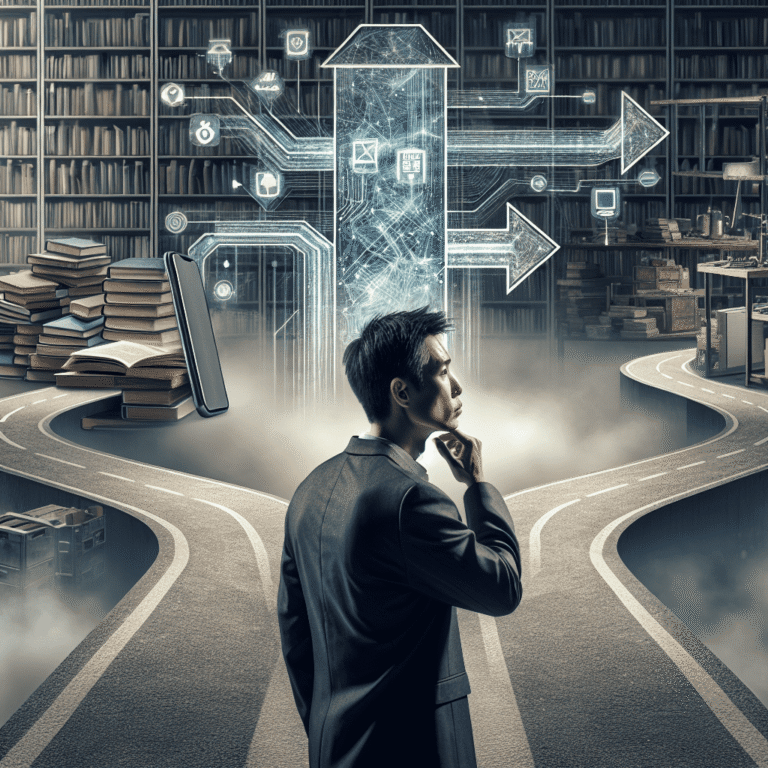Major developments in artificial intelligence have landed across the tech spectrum. A heavily redacted document, revealed during the Justice Department’s antitrust case against Google, outlines OpenAI’s internal plans for ChatGPT. The strategy details an ambition to position ChatGPT as the default ´interface to the internet.´ Through the first half of 2025, OpenAI aims to sculpt ChatGPT into an indispensable ‘super assistant,’ before transitioning focus to monetization efforts in late 2025, which includes building additional data centers to support explosive growth in user base and demand.
Meanwhile, Google has unveiled Edge Gallery, an Android app enabling users to download and run large language models such as Gemma 3, 3n, and Alibaba’s Qwen 2.5 directly on smartphones, no internet required. This shift broadens accessibility and privacy for artificial intelligence applications by localizing inference, with an iOS version on the horizon. The model library is available via GitHub, giving developers and power users immediate access to cutting-edge artificial intelligence capabilities, completely offline.
In the agentic coding space, a technical analysis of Claude Code—a tool developed with input from the Claude Opus 4 model and other state-of-the-art systems—delves into its architecture and safety. Claude Code boasts a streaming architecture for real-time responses, a sophisticated orchestration engine, and integrated safety mechanisms that govern security without disrupting coding workflows. The tool bridges the gap between model reasoning and traditional system execution, underpinned by advanced prompt engineering for tighter behavioral control. This analysis provides valuable insights for developers interested in designing more autonomous and reliable software coding agents.
These announcements highlight the accelerating pace at which artificial intelligence is reshaping digital experiences, from personal assistants poised to redefine search and work, to autonomous coding environments, and edge deployment that untethers artificial intelligence from the cloud. As capabilities rapidly evolve, competition intensifies among industry leaders to secure the infrastructure, privacy, and utility foundations for artificial intelligence’s next act.

